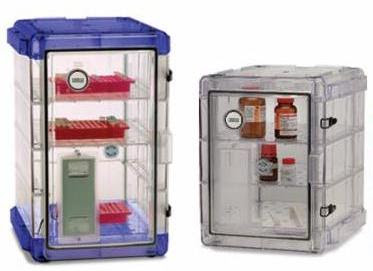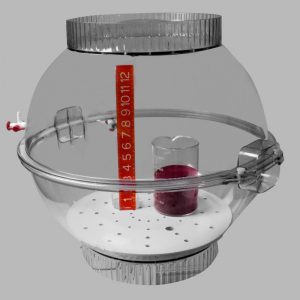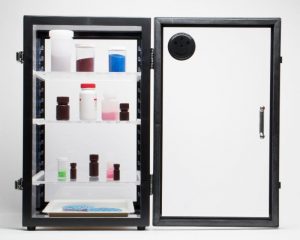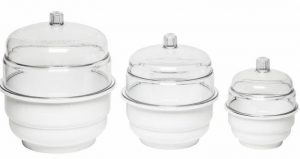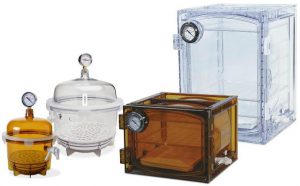
Archive | ScienceWire
Indexed Racks

Happy Fibonacci Day!
In addition to this Thursday being Thanksgiving here in the States, November 23 is also Fibonacci Day! If you remember from math class, the Fibonacci sequence is an integer sequence in which every number after the first two is the sum of the two preceding numbers: 1, 1, 2, 3, 5, 8, 13, 21, 34, 55, 89, 144, ...
While it may look simplistic, the sequence actually has far reaching implications, more than even Fibonacci himself probably imagined!
- Named after Italian mathematician Leonardo of Pisa, known as Fibonacci, who introduced the sequence to Western European mathematics in the 1200's.
- Used in many different mathematics applications & algorithms, but also in investments, artwork, even architecture!*
- The sequence can even be found in nature! Fibonacci spirals, aka 'nature's numbers' can be seen on flower petals and seeds, plant leaves, nautilus shells, the DNA molecule, and even hurricanes and galaxies.
- The spiral is charted as a series of connected quarter-circles drawn inside an array of squares with Fibonacci numbers for dimensions. (see right).

A nautilus shell exhibiting the Fibonacci spiral.

The Fibonacci spiral charted on graph paper
No matter what order you like your numbers in,
our Indexed Racks keep samples organized!
*There is so much more to explore in the Fibonacci sequence! We highly encourage you to do some research on your own to truly appreciate how complex and interesting this sequence is.
In observance of the Thanksgiving holiday, SP Scienceware will be closed Thursday, November 23 and Friday, November 24.
Tipping the Scales

Tipping the Scales
When does a pumpkin go from big to giant? 100 lbs? 1000 lbs? More? In the 1980's, the heaviest pumpkin weighed in at just over 400 lbs. Now, pumpkin growers are aiming for 2000+ lbs, and getting heavier every year! Here are some interesting facts about these scale-tipping giants!
- Virtually all giant pumpkins are descended from "Dill's Atlantic Giant" variety which took 30 years to cultivate.
- High-pedigree hybrid seeds of prize-winning giant pumpkins can cost growers anywhere from $10-100 or more per seed.
- The world record for the heaviest pumpkin is held by Mathias Willemijns of Belgium. The pumpkin weighed 1,190.49 kg (2,624.6 lb)
- Bragging rights are not all you win for growing a giant: the recent winner of the 2017 Half Moon Bay Champion Pumpkin Weigh-Off in California took home $7 per pound for his 2,363 lb pumpkin (that's $16,541!)
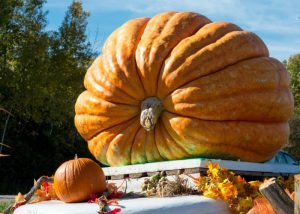
When weighing powders and not pumpkins (or other solid matters), SP Scienceware has a variety of sampling tools that double as weigh boats!
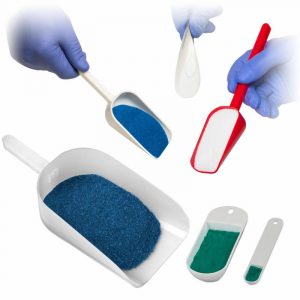
- Sterileware® Sterile Scoops - Perfect for taking large samples from wide-mouth containers (also in metal-detectable!)
- EcoTensil® Paper Sampling Spoons - Ships & stores flat, recyclable/compostable
- Clear Polypropylene Scoops - Rigid, strong, smooth, and autoclavable
- Sterileware® Economy Sample Scoops - Inexpensive, accurate measuring
- Sterileware® Economy Sample Spoons - For small, specific quantities
The Giant Toppling Tower
Tournament of Champions!
Four Days…Four Teams…WHO WILL COMPETE?
At SP Scienceware, we're always looking for ways to encourage teamwork within our company. But we also like to have a little fun! What better way to do both then have a lunchtime Giant Toppling Tower Tournament!
Eight 2-person teams competed for a chance at the Championship. Some never played before, some were self-proclaimed "masters".
The competition was fierce. Hearts raced. Hands shook. Over 4 days, the competition whittled down to 4 teams who would compete in the championship...


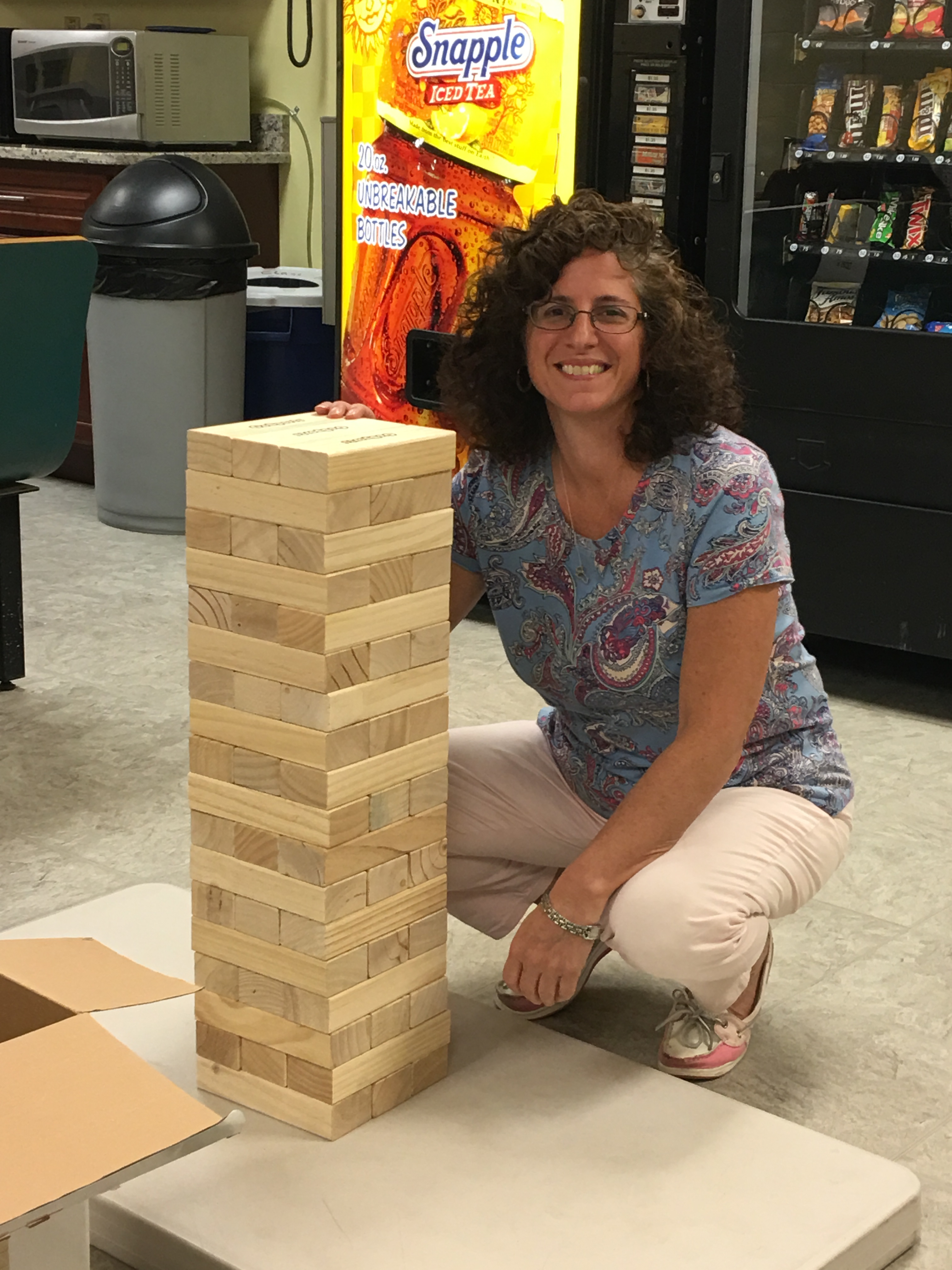





From the People That Brought You “Hot Hand Puppets” Now Comes
Stack Your Racks
[metaslider id=16899]How to Choose a Desiccator

1. What Size Desiccator Do I Need?
2. What Shape Do I Need - Round or Cabinet Style?
3. Which Method of Desiccation is Right for My Application?
For an in-depth guide to these questions and more,
See the All About Dessicators Guide!
Sneak Peak: Methods of Desiccation
|





